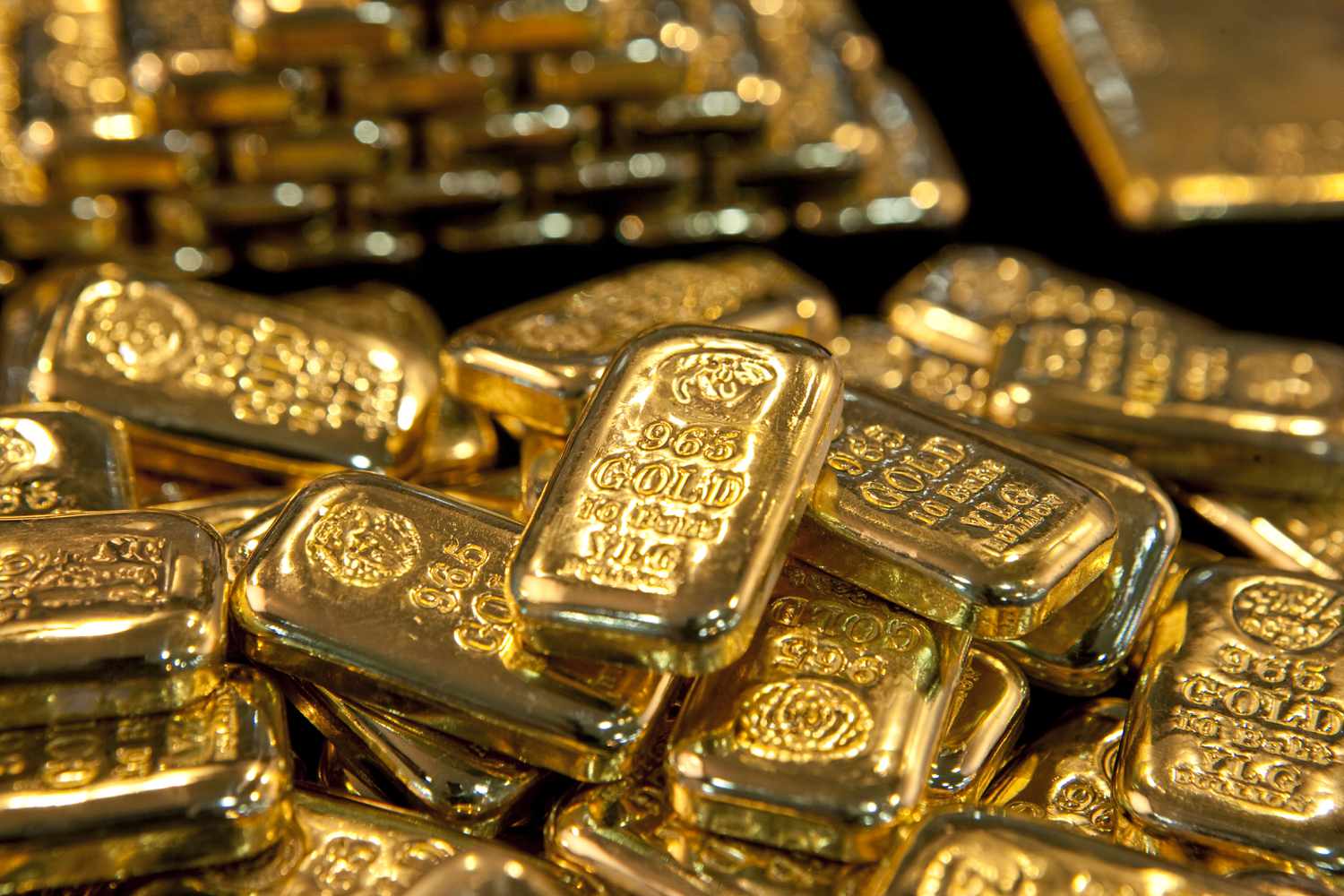Gold Hits Record High as Fed Easing Expectations Rise

Linh Tran
Gold is undergoing an impressive rally, supported by a combination of macroeconomic factors and capital flows. After setting new record highs, the precious metal has continued to attract investors thanks to expectations that the U.S. Federal Reserve (Fed) will soon shift toward monetary easing, declining real yields, and rising demand for safe-haven assets amid global economic uncertainties.
Within the policy landscape, real yields remain the key variable for gold. Each time U.S. economic data signals a slowdown, expectations for imminent Fed rate cuts rise, pushing bond yields lower and providing direct support for gold. This is the clearest transmission channel explaining why gold reacts strongly to labor market data, inflation releases, and Fed communications.
Recent U.S. economic data has revealed a sharp divergence. The ISM Manufacturing PMI came in below expectations, signaling that the manufacturing sector remains in contraction. In contrast, the ISM Services PMI stayed above the 50 threshold, indicating continued growth in the services sector, which accounts for a large portion of the U.S. economy. This divergence suggests the economy is slowing but not yet in recession, while reinforcing the view that the Fed will need to cut interest rates to support growth—further strengthening gold’s rally.
Beyond yields, the U.S. dollar is also a crucial factor. When the dollar weakens, the cost of holding gold declines, thereby boosting demand for the metal. The slight depreciation of the greenback in recent weeks has allowed gold to maintain its elevated price levels. However, the risk of a pullback remains if stronger-than-expected economic data causes the dollar to rebound.
From a fundamental demand perspective, gold continues to be supported by sustained central bank purchases. Many countries are increasing their gold reserves to diversify foreign exchange holdings and reduce reliance on the U.S. dollar. At the same time, physical gold demand in Asia—particularly from China and India—remains a cornerstone for long-term support. According to the World Gold Council’s Q2 2025 report, total gold demand (including investment and physical) rose 3% in volume to 1,249 tons, while its value surged by 45% to $132 billion, driven by record-high prices. This dynamic helps ensure that corrections in gold prices are often short-lived in the absence of monetary policy shocks.
ETF flows and speculative positioning also remain important variables. When expectations for rate cuts rise, flows tend to return to gold ETFs, amplifying the upside momentum. Conversely, extended outflow cycles are often accompanied by market corrections. Moreover, data from the futures market (COT) shows that if net-long positions increase too rapidly, gold becomes more vulnerable to profit-taking in response to unexpected data surprises.
In the short term, gold is likely to maintain its upward trajectory, though it will be difficult to avoid technical pullbacks after such a rapid advance. Over the medium term, as long as real yields remain in a downward trend and the Fed gradually shifts toward easing, the bullish outlook for gold will stay intact. That said, rather than expecting gold to rise in a straight line, a pattern of alternating corrections and recoveries appears to be the more sustainable scenario for the precious metal.
Tran is Market Analyst at XS.com



